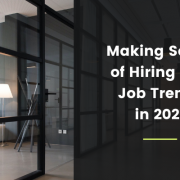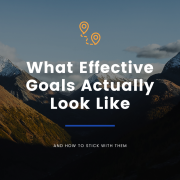The Resume Screen
Resumes - etc.OK, you’ve had enough. You know it’s time to change jobs. Time to look for something else. Tomorrow, you’re going to dive in and start your job search.
First things first: Your resume. You spend a week working on it. Tweaking the language, so it’s just “right”. Then, you start searching online for jobs. After a few hours of weeding through descriptions, you end up with a few good options. You tweak your resume again, then begin the on-line application process for one of the jobs. You create a cover letter, gather all the pertinent application information (employment dates, references, etc.) After about two hours (it’s your first one… so it takes more time) you finish. On to the next one. After three hours, you’ve sent your information for two of the jobs. Even though it takes a long time, it feels productive, doesn’t it? If you keep this pace steady, you’ll find something in no time, right?
Not exactly. If this is the way you’ve typically handled your job search in the past, you’re falling prey to the “resume screen”… that haze of productivity that envelopes you when sitting in front of your computer screen. It feels productive, but are you getting a good return on your investment? What if you had spent a few hours networking instead? Or if you had made a couple of phone calls to connect with your professional contacts?
I notice that many job seekers (or career changers for that matter) hide behind a resume. What I mean is that they put all their efforts into creating and distributing a knock ’em dead resume. Their killer resume becomes a screen behind which they hide – instead of getting out, networking and making contacts, they feel productive and hard-at-work sending out resumes, so they end up relying on this method – usually with dismal results.
What I’m saying is that your resume is just one tool in your bag-of-job/career-search-tricks! A killer resume will not get you a job. A kick a** cover letter won’t get you an interview. Keep your job search diversified – like a good investment plan. The return on your investment will be steady and more profitable in the long run.



